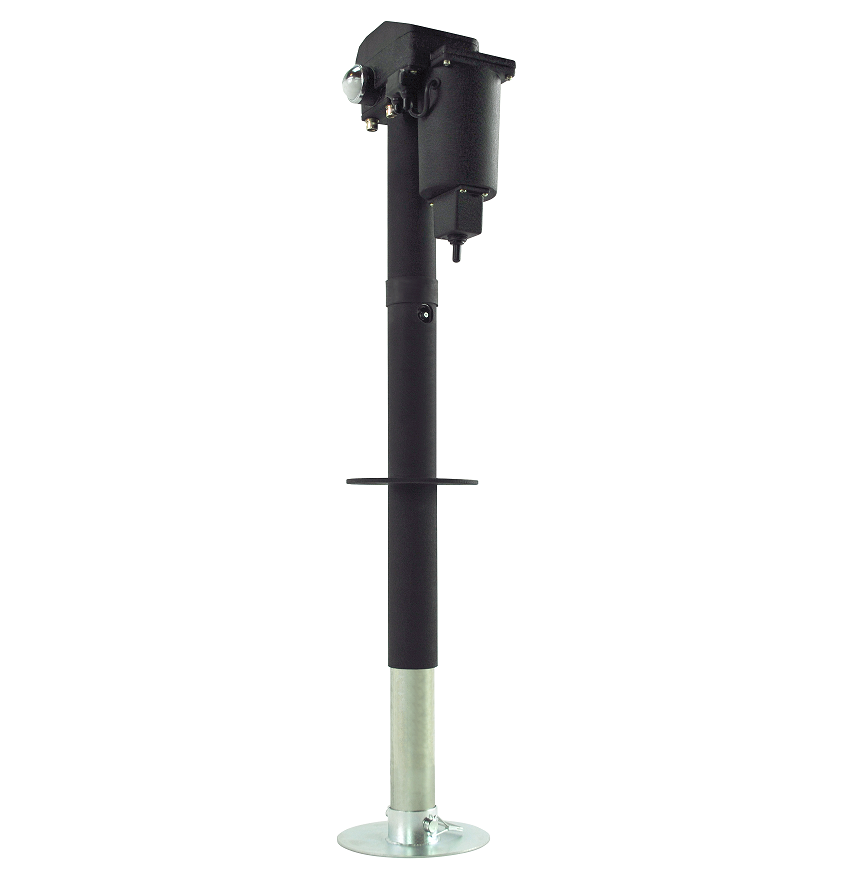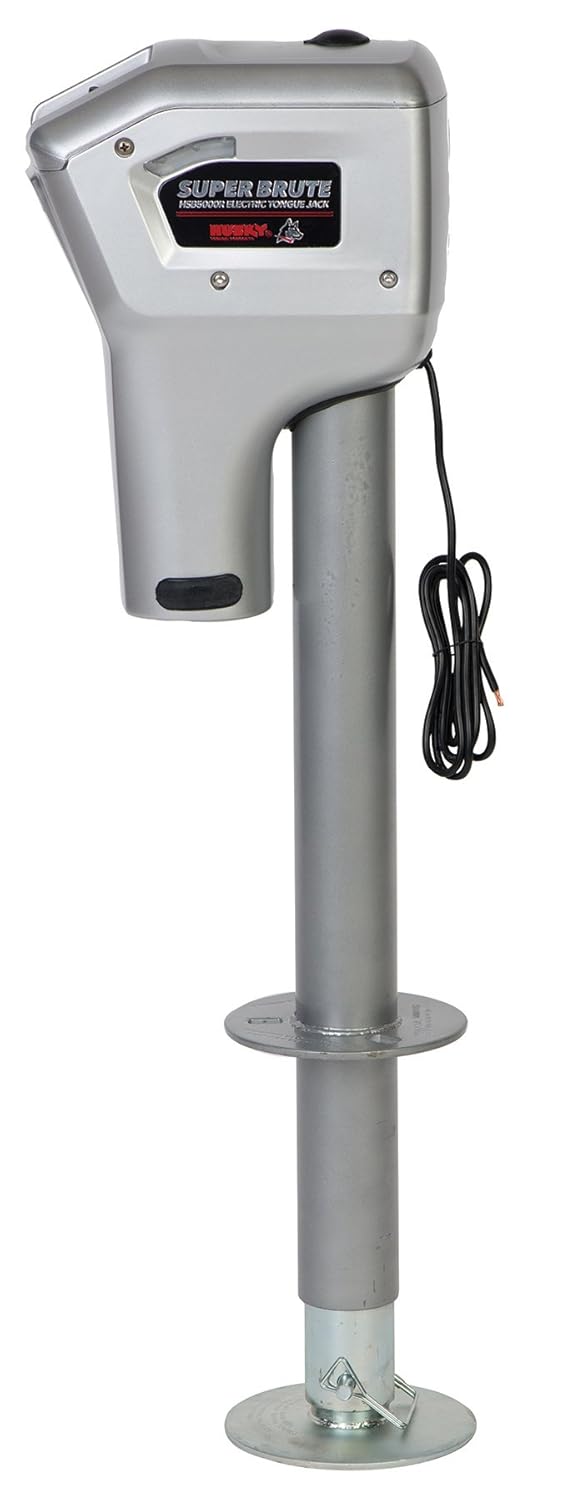Terryallan wrote:
LarryJM wrote:
troubledwaters wrote:
TomG2 wrote:
Terryallan wrote:
Any time you move the load farther away from the rear axle. You change the dynamics. It will move the tongue weight back away from the rear axle, and could cause sway.
The reason 5ers tow so well is that their pin / tongue weight is over, or forward of the rear axle. And if you will notice. Most trucks are putting their rear axles closer to the back than they once did, to create a shorter overhang. A short over hang is much better for towing. Extending the hitch will in effect create a longer rear overhang.
Agree. What I did to keep the ball as close to the rear axle as possible was fabricate brackets that let me move the hitch jack a few inches rearward. All it took was a couple of flat steel plates.
According to Reese (who might know a little about hitches), hitch extensions greatly reduce the receiver capacity.
Since you didn't post a link I sure would like to know how they define "greatly". The physics of making the shank 2-inches longer on a lever that is already about 3-feet long just ain't there. And considering you can change that physics yet again with a WDH, makes their statement borderline absurd. I can in effect put a longer shank on and lessen the force on the receiver with an adjustment to the WDH. Their lawyer must of overruled their engineer = CYA "greatly".
I agree and we have to be careful in what we mean by "hitch extension" which I take to mean the hollow tube receiver extension that does in fact effect the overall hitch ratings. However, using any of the commercially available "shanks" will not effect any ratings and while they will "slightly" increase the "lever" in a WC configuration I don't believe they will have any effect in a WD configuration and if one can actually feel any effect of a just using a longer shank I submit that their towing configuration was too close to the limits to begin with. In I think our resident Mechanical GURU did some calculations that indicated that using a longer shank actually lessened the "net forces" on the receiver because of the way a WDH system works. I've been using an extended (18") shank since 1981 (thats almost 40 YEARS) with no issues and I typically run close (within 50 to 100lbs) of the max ratings on my receiver and for over 25 years on my WDH system!
Larry
From experience, I can only say. My Reese hitch had 2 holes in it. One was rated for 1000lb, and the other, 2 1/2 inches forward was rated for 1200lb. So in fact 2 1/2 inches does make a 200lb difference, and I can say. The TT towed better with the hitch at it's shortest / meaning the TT was closer to the TV.
For what ever it's worth.
Referring to that particular shank and implying it has some bearing on what is being discussed here is NOT GERMANE and a really VERY, VERY poor example to refer to IMO. That rating was for the SHANK ONLY (not for any effect on the WD rating of the actual TV towing end ... i.e. the receiver.) Not only is it not a solid 2" type shank (it is an "H" shape with less material than a solid type and hence less strong) it is the SINGLE Item with two holes having a double rating with other WD shanks by REESE even longer with higher ratings than that particular shank. I think that dual holed double WD rated shank is more a result of it's particular design and maybe type of material/manufacturing process than having anything to do from the physics of it's length only. It is probably for those who want something with dual towing length and obviously having a large hole after the pin attachment will effect it's strength making the longer length of that shank less strong than not having that extra hole "AFTER" the tow pin attachment point.
To my knowledge that dual holed shank is unique and they are plenty of other shanks that are longer and have higher tow ratings than that one and NONE have any cautions limitations about potential reductions in the ratings on what receivers they are used with.
Larry


